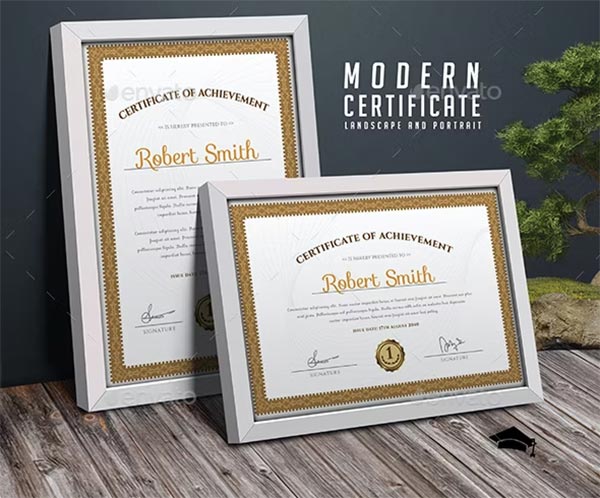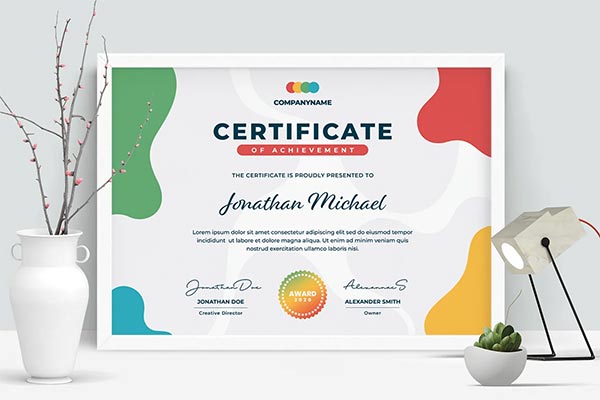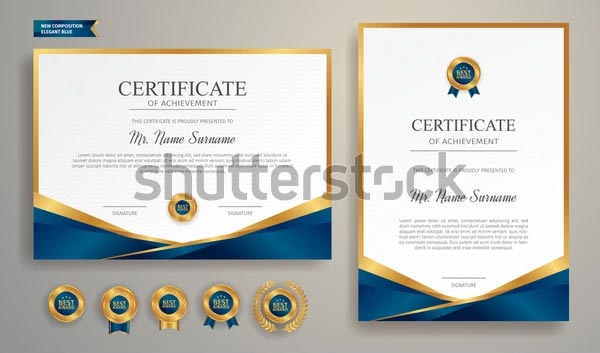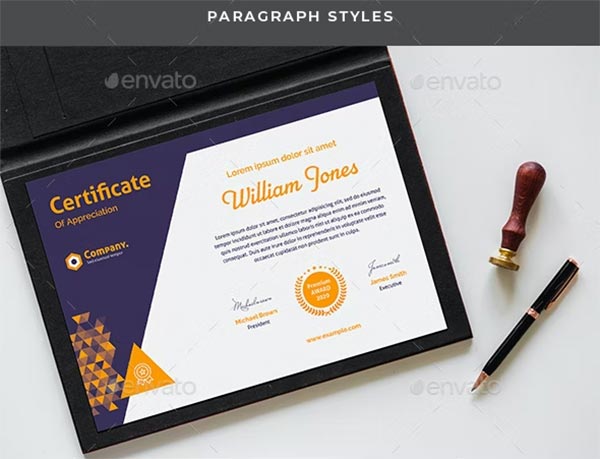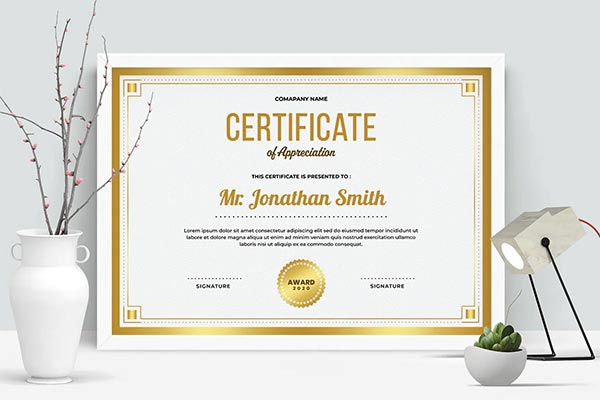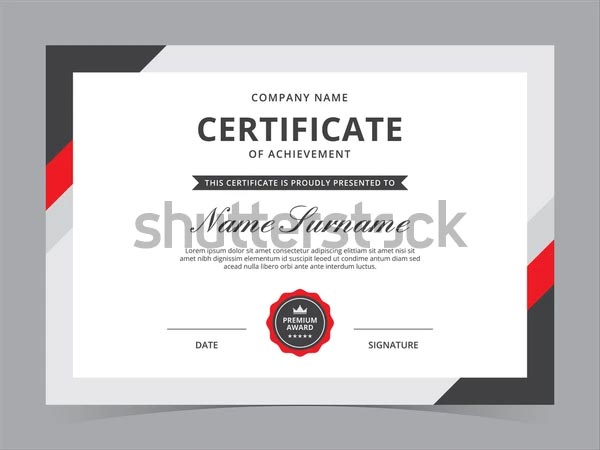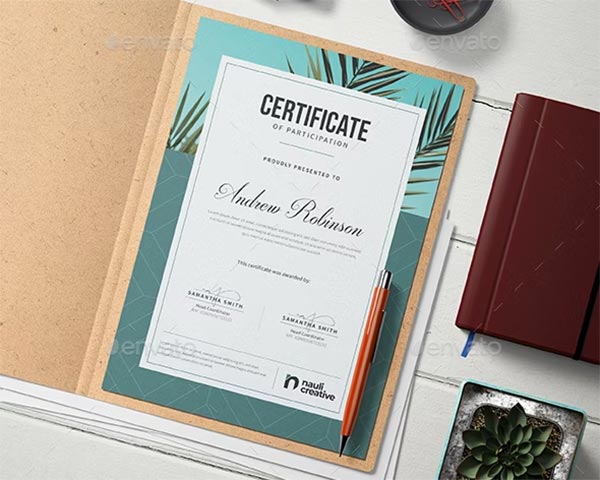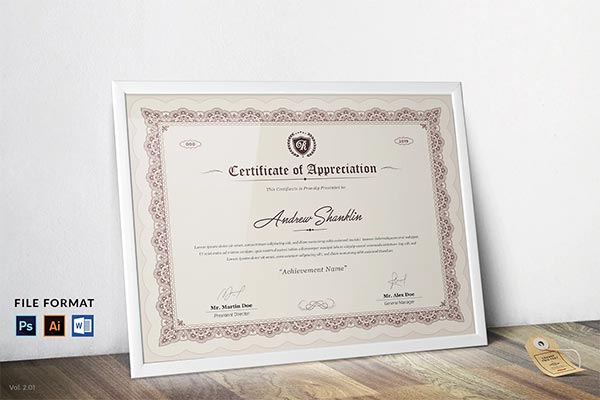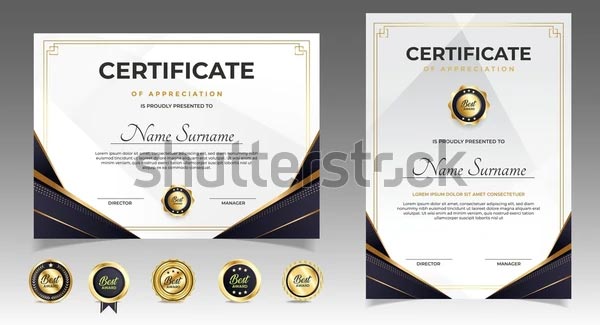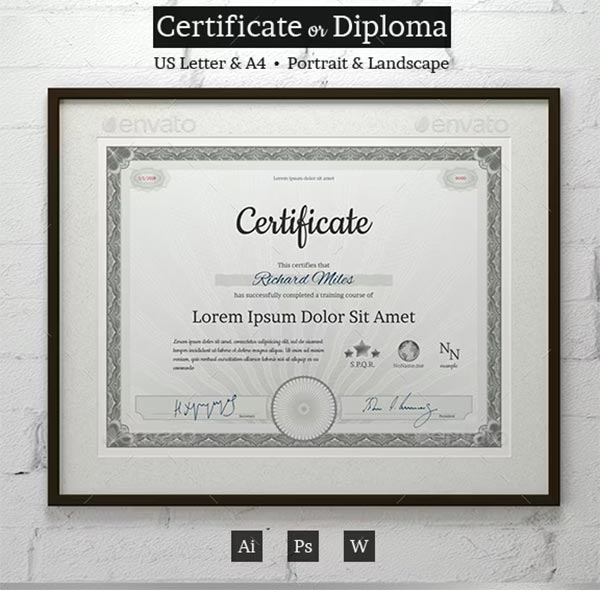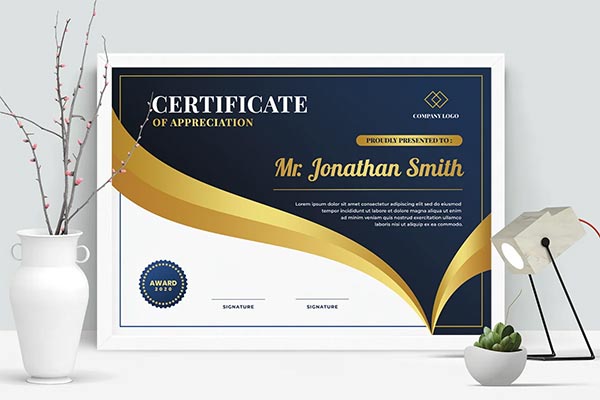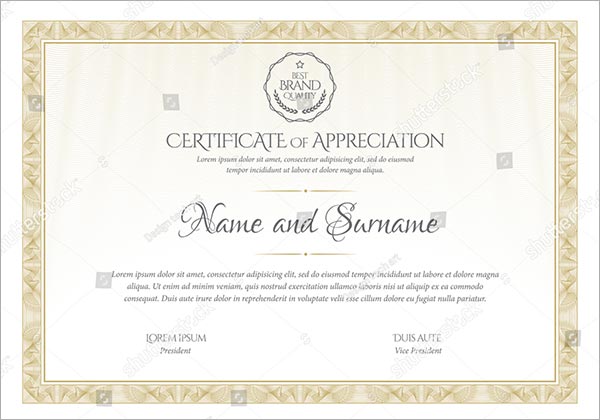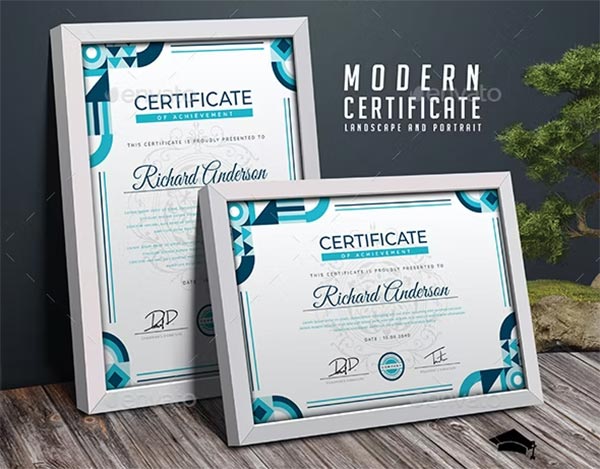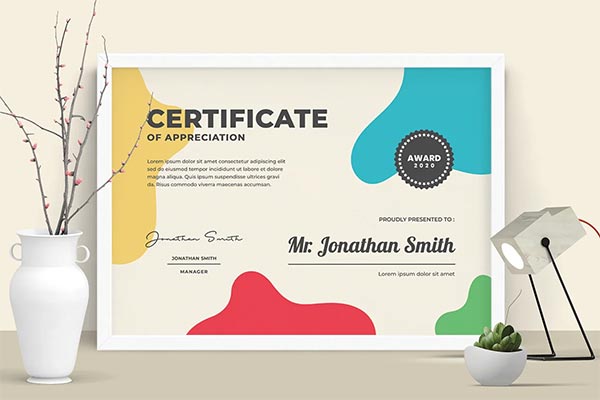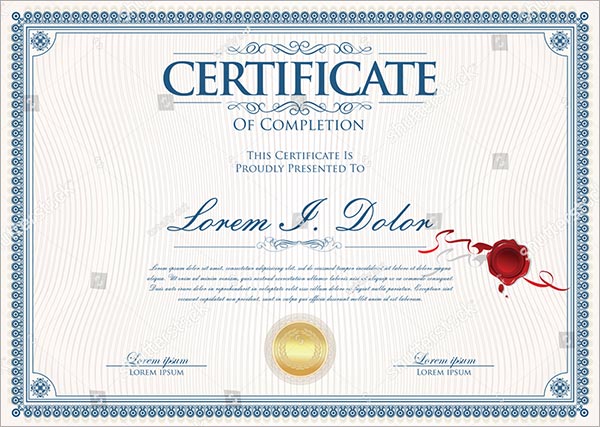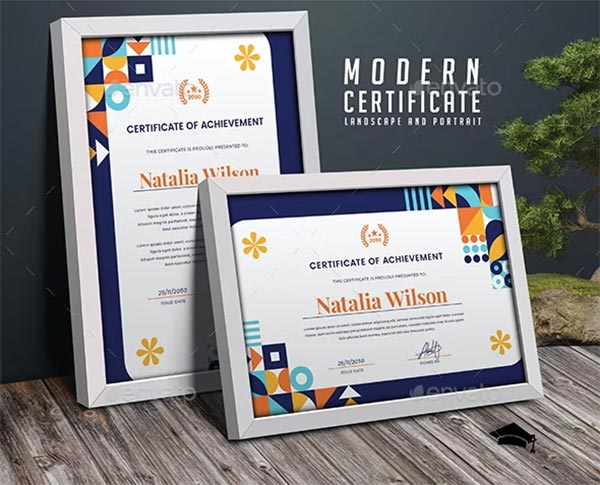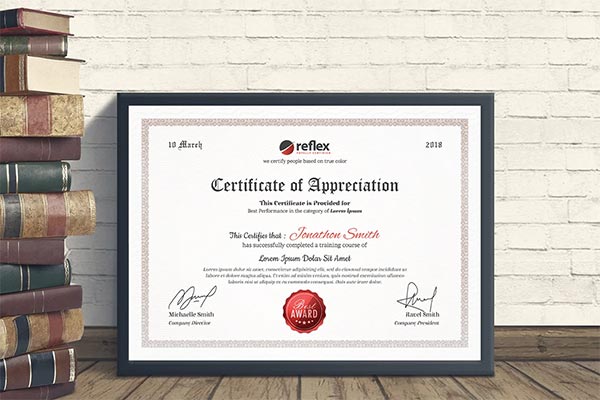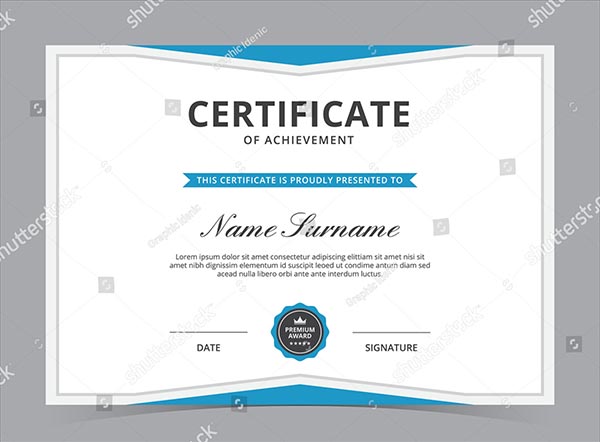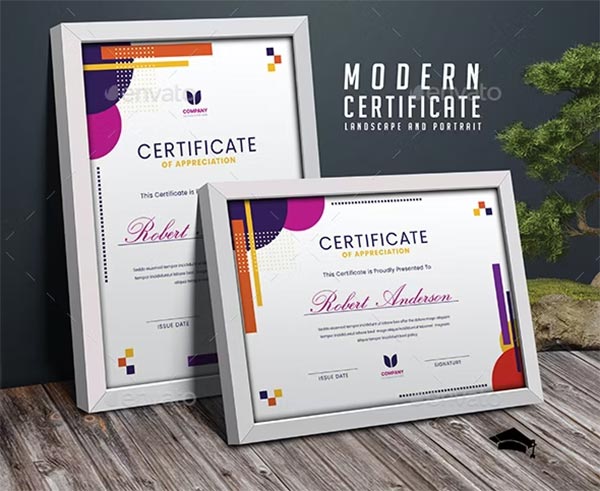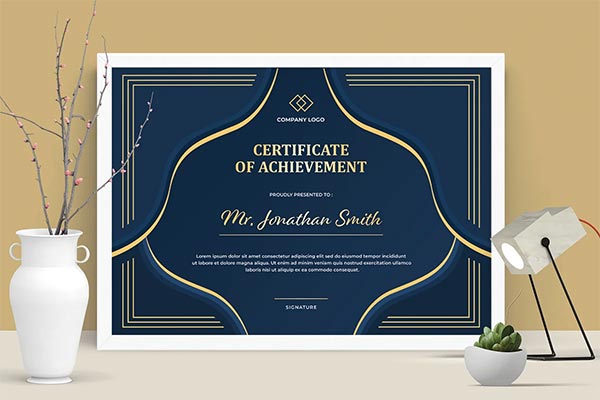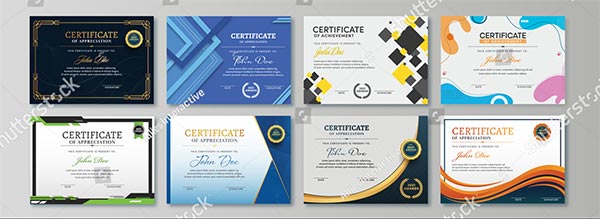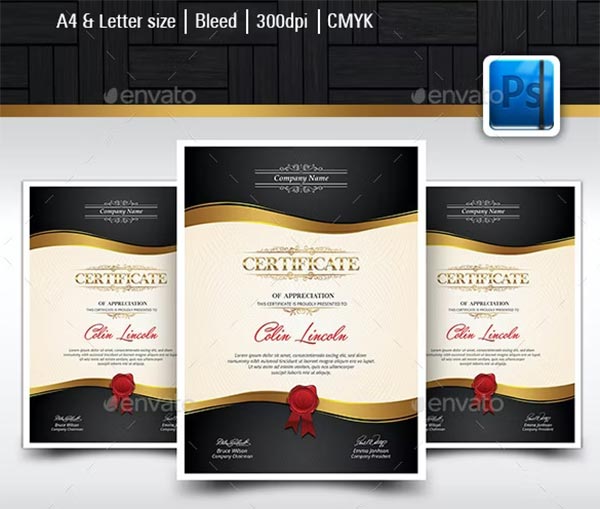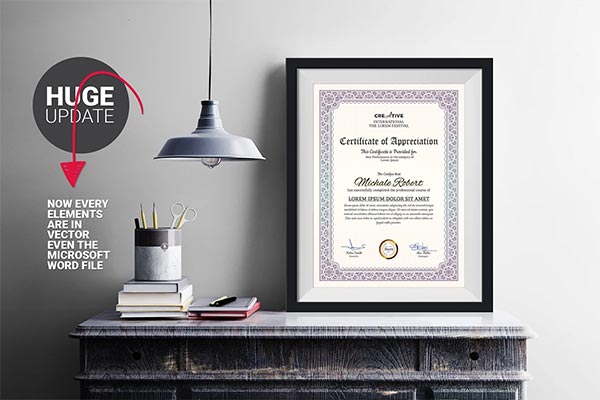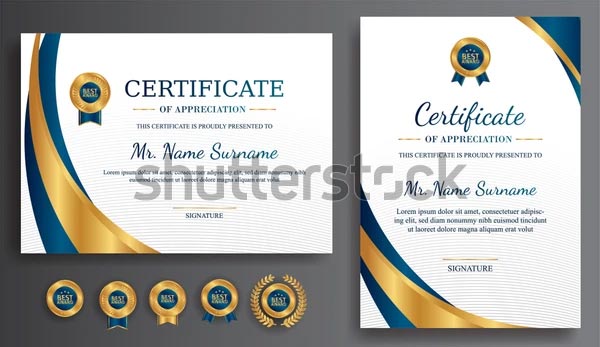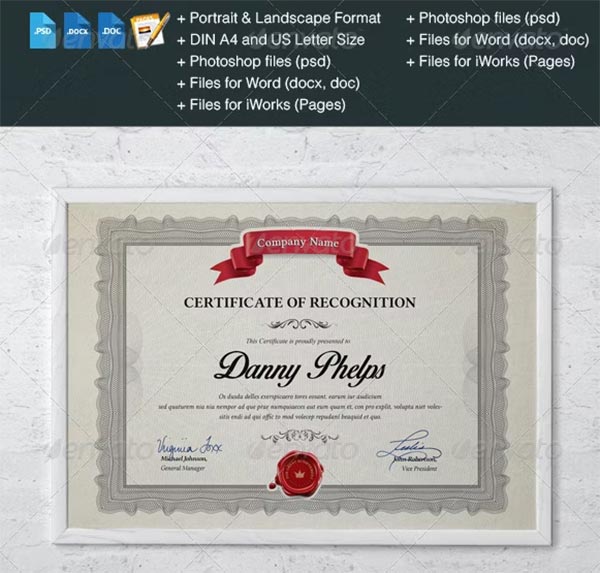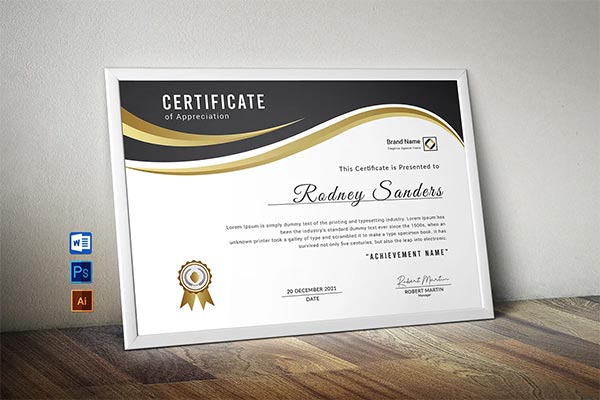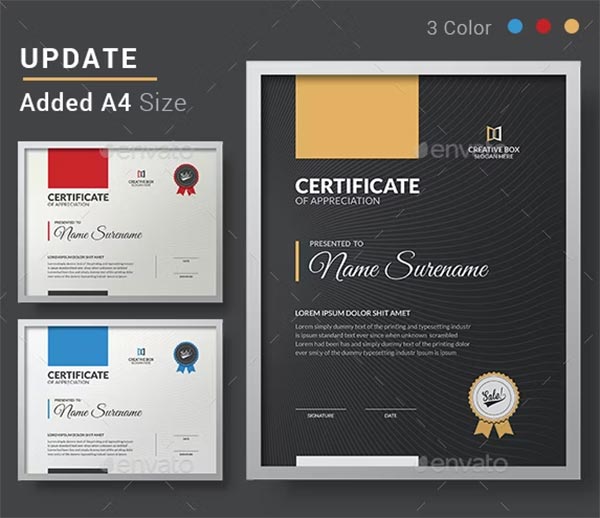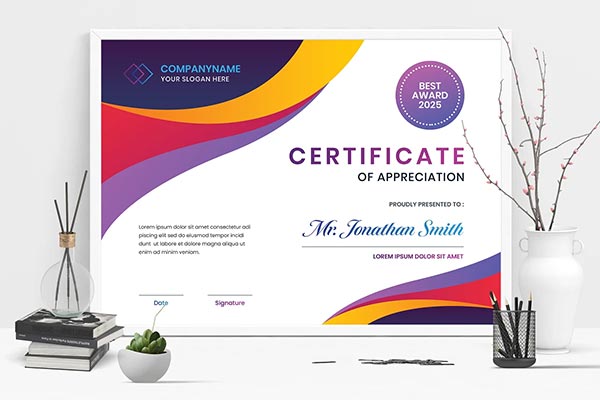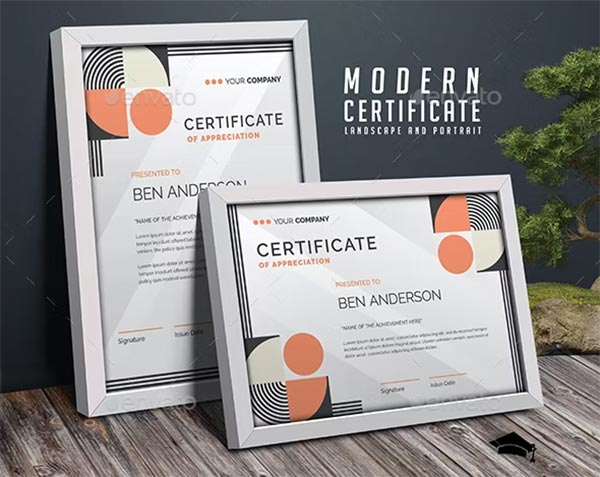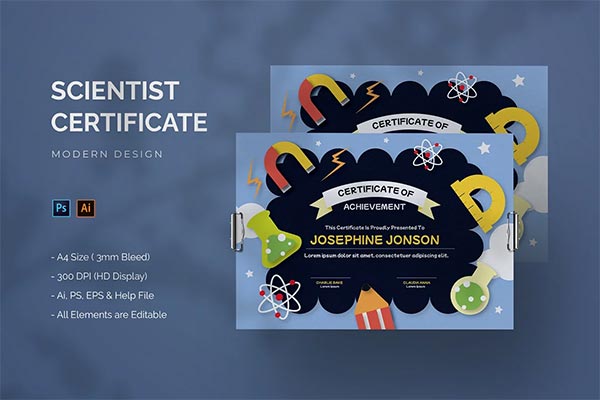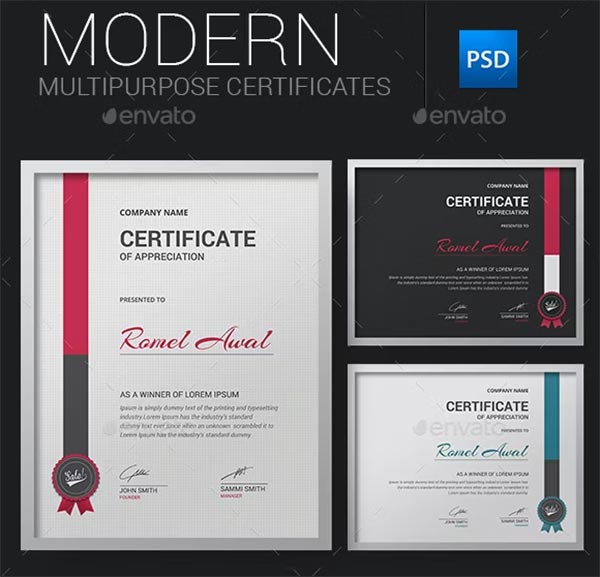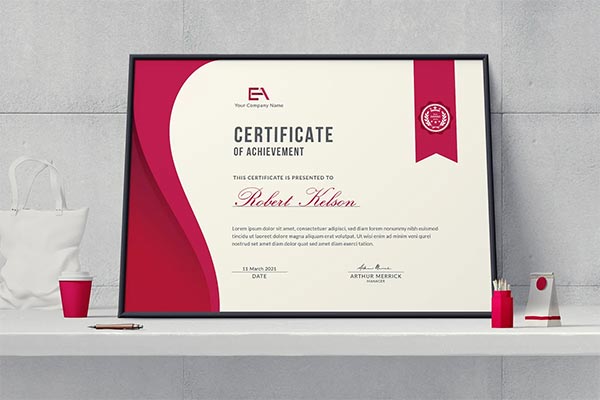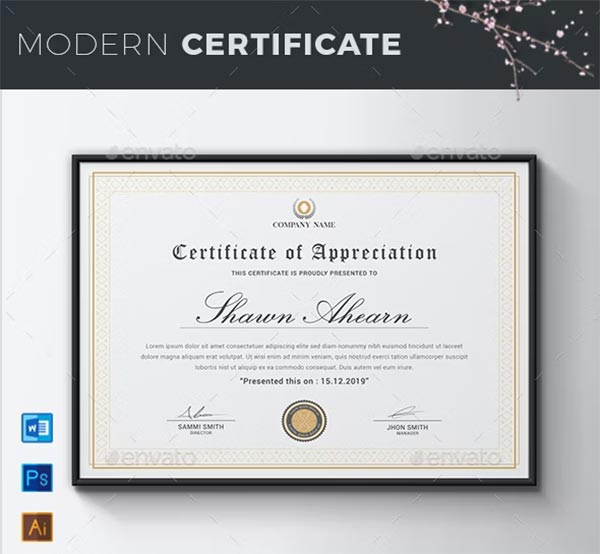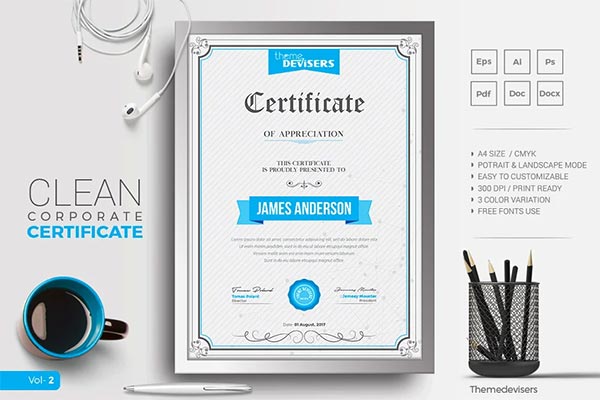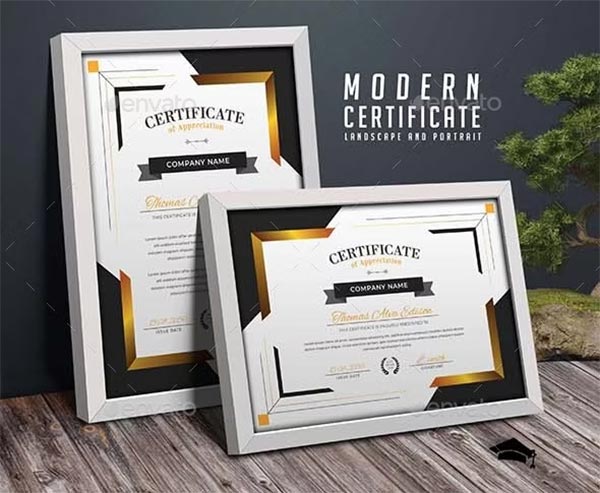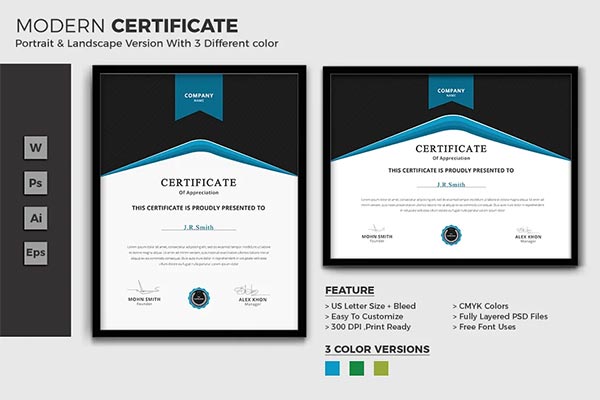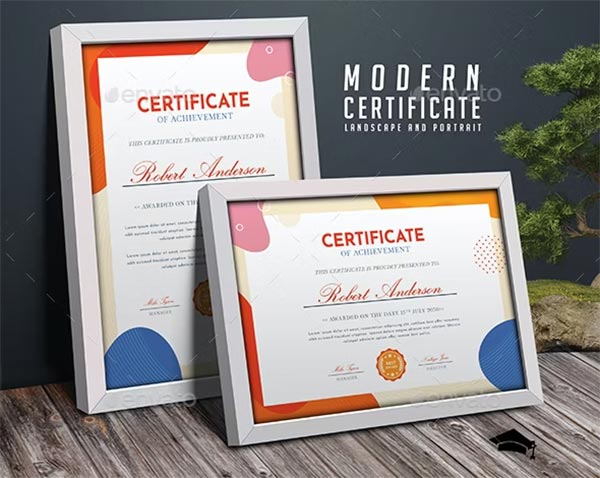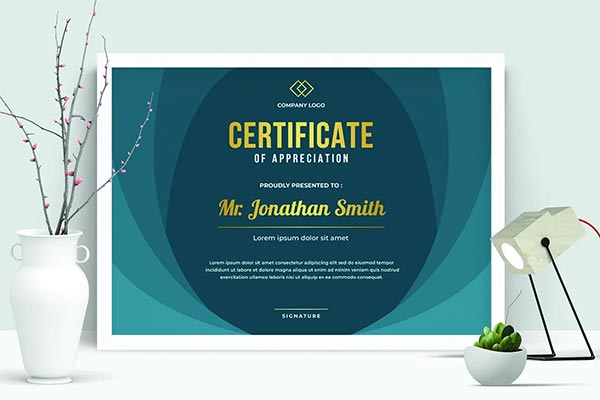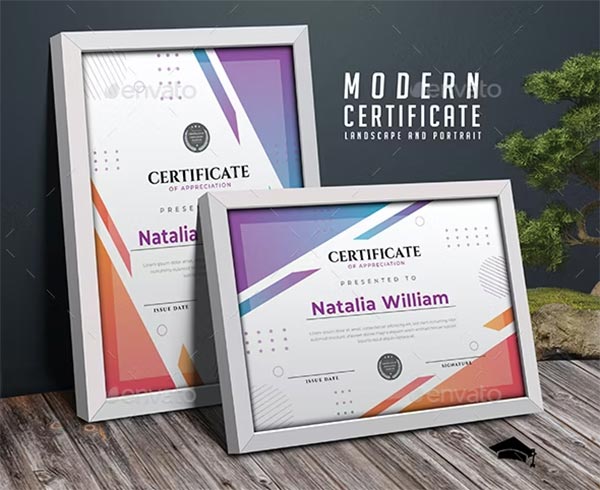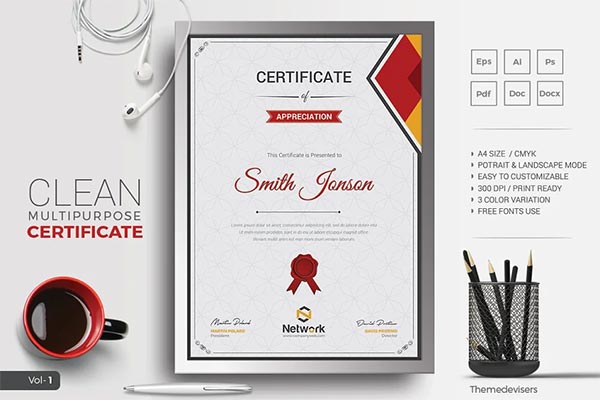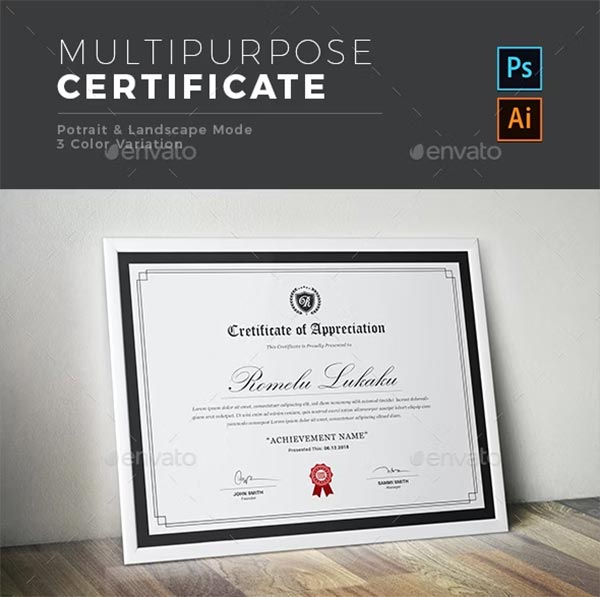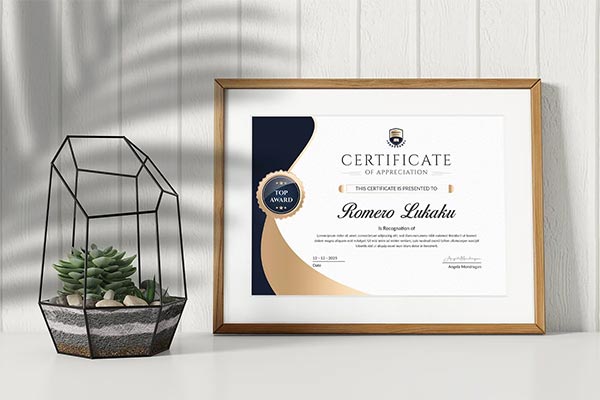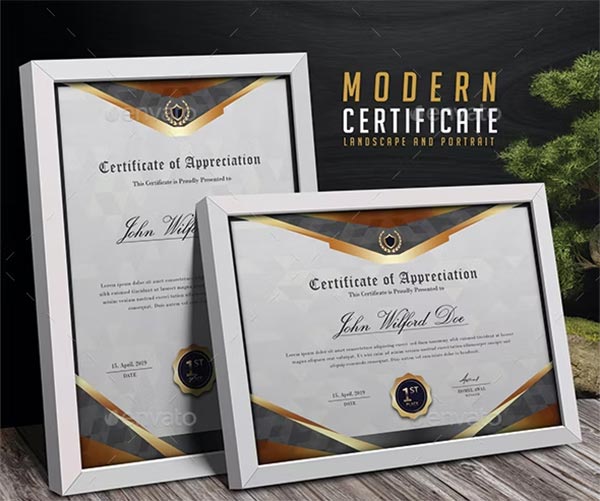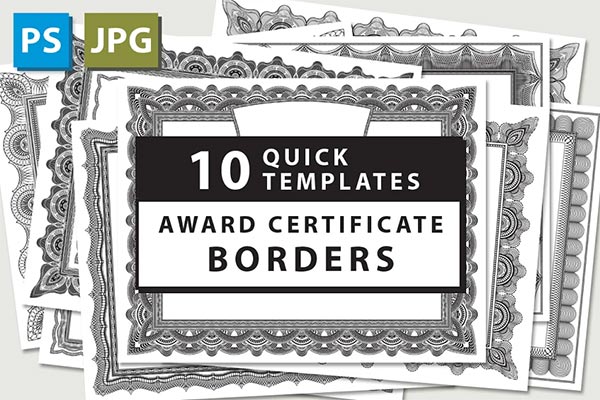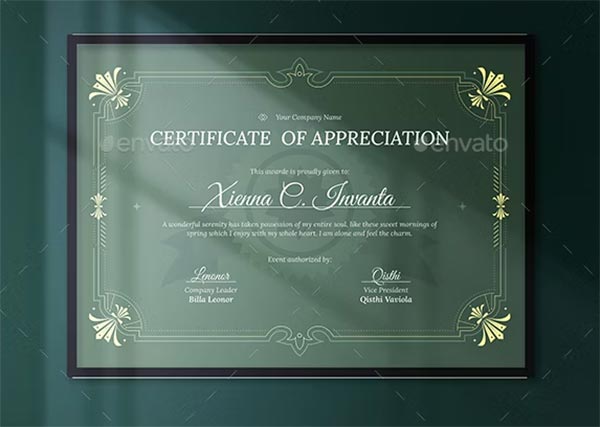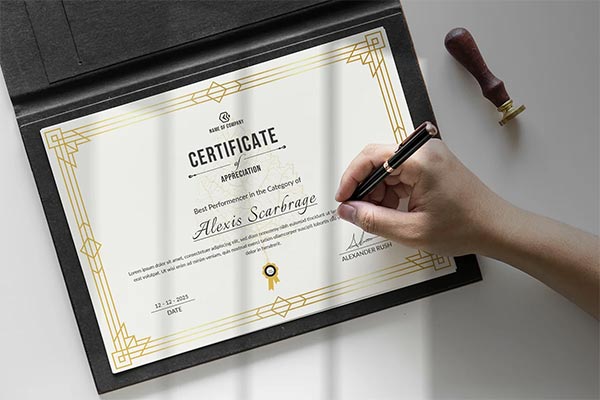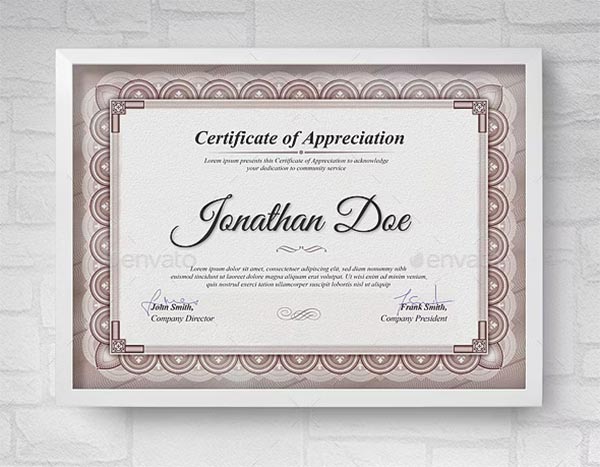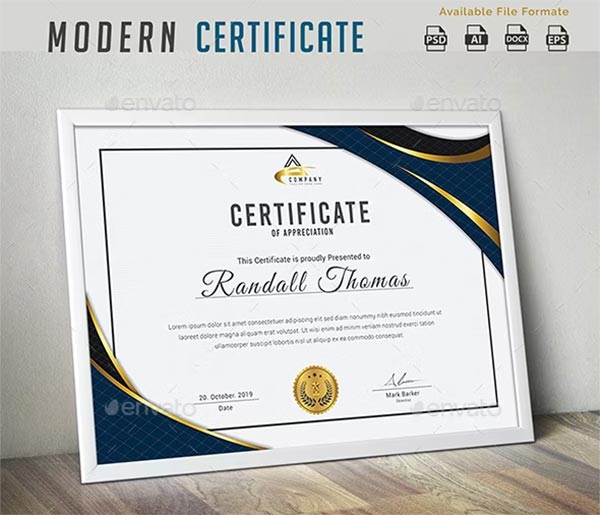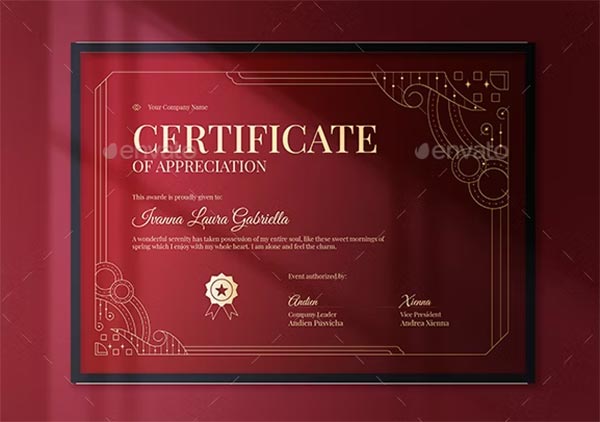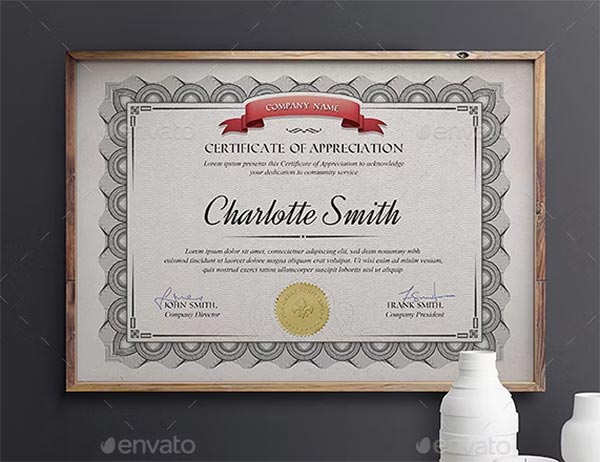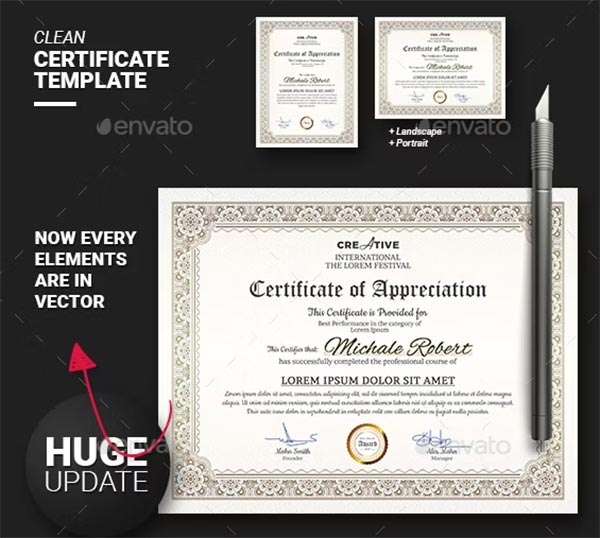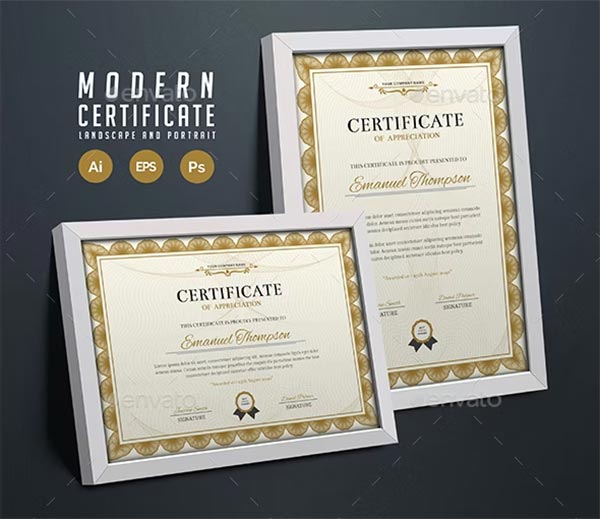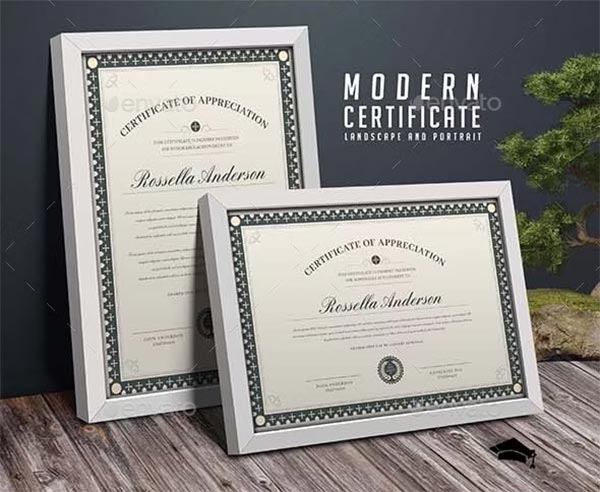Certificate Templates: Your Ultimate Guide to Crafting Impressive Designs
In today's world, certificate templates are invaluable tools for recognizing achievements, milestones, and qualifications. Whether it's for educational purposes, employee recognition, or event participation, a well-crafted certificate adds a professional touch that leaves a lasting impression. With the rise of digital design tools and customizable templates, creating personalized, professional-looking certificates has never been easier. In this guide, we’ll delve into the importance of high-quality certificate templates, explore various types, and provide insights on how to craft exceptional designs that stand out.
Why Certificate Templates Matter
Certificates carry significant value. They serve as tangible acknowledgments of accomplishments, whether it’s graduating from a course, completing a project, or receiving recognition for an outstanding performance. The visual presentation of a certificate is just as important as the accomplishment it represents. A thoughtfully designed certificate not only conveys respect and appreciation but also enhances the recipient's sense of achievement.
First Impressions Matter: A certificate is more than just a document—it's a symbol of recognition. The quality of its design can greatly influence how it is perceived. Elegant typography, well-chosen colors, and a structured layout can make a certificate feel prestigious and special, reflecting the significance of the award or recognition.
Time-Saving and Professional Results: Using pre-made certificate templates allows individuals and businesses to save time while still achieving professional results. Templates provide a solid design foundation, with customizable elements that can be tailored to suit specific needs. This ensures consistency and quality across all certificates, regardless of the quantity being produced.
Key Features of High-Quality Certificate Templates
Not all certificate templates are created equal. The best templates combine aesthetics with functionality, offering flexibility and a polished finish. Here are the key features to look for when choosing or designing a template:
1. Customizable Design Elements: Good certificate templates offer the ability to customize core elements such as text, colors, fonts, and logos. This allows you to align the certificate with your organization's branding or the event’s theme, making it a unique reflection of your identity. Customization ensures that each certificate feels personal, even if it's created using a template.
2. High-Resolution Graphics: The design of a certificate should be crisp and clear, with high-resolution graphics that look professional whether printed or shared digitally. Blurry images or pixelated elements can detract from the certificate's overall impact and make it feel less valuable.
3. Versatility Across Formats: A versatile template should work well in both print and digital formats. With the increasing prevalence of online courses and virtual events, certificates are often distributed digitally. Ensure that the template is optimized for both mediums, with clear text, proper margins, and high-quality visuals that translate well on screen and in print.
4. A Balance Between Formality and Creativity: Certificates come in various forms, and the design should match the occasion. Some events call for a more formal, traditional approach, while others might benefit from a creative, modern flair. The best templates find a balance, offering flexibility to suit a wide range of uses while maintaining a professional tone.
Types of Certificate Templates
There is a wide variety of certificate templates available, each designed for different purposes. Depending on the nature of the event or achievement being recognized, the design and structure of the certificate will vary. Below are the most common types of certificate templates and how they can be utilized.
1. Academic Certificate Templates: Educational institutions often award certificates to students for achieving academic milestones, completing courses, or participating in special programs. Academic certificate templates are typically formal, featuring clean lines, classic fonts, and institutional logos. The focus is on clarity, ensuring that the certificate clearly outlines the achievement and the awarding body.
2. Employee Recognition Certificate Templates: Businesses use certificates to recognize employees for outstanding work, years of service, or special achievements. Employee recognition certificate templates often include company branding, motivational language, and an element of personalization, such as the inclusion of the recipient’s name and the specific reason for the award. The design might incorporate the company’s color scheme and logo, reinforcing the organization’s identity.
3. Event Participation Certificate Templates: From conferences to workshops, event participation certificates are commonly awarded to individuals who attend or contribute to an event. These templates often include space for the event’s name, date, and the recipient’s role or contribution. The design can be formal or casual, depending on the nature of the event, but it should always maintain a professional tone.
4. Sports Achievement Certificate Templates: Sports certificates are awarded to athletes or participants who excel in competitions or achieve personal milestones. Sports certificate templates typically feature dynamic, energetic designs that reflect the spirit of competition and athleticism. Bold fonts, vibrant colors, and action-oriented imagery can make these certificates stand out and capture the excitement of the sporting world.
5. Training and Certification Templates: Many industries, especially in fields like IT, healthcare, and finance, use certificates to certify that an individual has completed a specific training program. Training and certification templates should convey professionalism and trustworthiness, often incorporating logos of accredited institutions, structured layouts, and a minimalist design approach that emphasizes the importance of the certification. Kids Camp Brochure Templates
How to Customize Your Certificate Template for Maximum Impact
Once you've chosen the right certificate template, customization is the next step. Personalizing the template ensures that it reflects your brand or the specific occasion being celebrated. Here are some tips to effectively customize your template:
1. Incorporate Branding Elements: If you're creating certificates for an organization or event, be sure to incorporate your branding. This includes adding logos, using the appropriate color schemes, and selecting fonts that align with your brand identity. This not only reinforces your brand but also creates a sense of consistency and professionalism across all your materials.
2. Choose the Right Fonts and Colors: Fonts and colors can dramatically impact the overall look and feel of a certificate. Choose fonts that are legible and professional, avoiding overly decorative or complicated styles. For color schemes, consider using classic combinations like gold and black for formal certificates, or more vibrant color palettes for creative or youth-oriented certificates.
3. Include Clear and Concise Text: The content of the certificate should be clear, concise, and to the point. Key elements include the recipient’s name, the reason for the award, the date, and the signatures of relevant authorities. Avoid cluttering the certificate with unnecessary information. Instead, focus on ensuring that the important details are prominent and easy to read.
4. Add a Personal Touch: Where possible, adding a personal touch to a certificate can make a big difference. This could be as simple as including a custom message of congratulations or incorporating an element that is specific to the recipient’s achievement. Personalized certificates feel more meaningful and can enhance the emotional impact of the award. Kids Flyer Templates
Best Practices for Distributing Certificates
Once you've designed your certificates, it's important to think about how they will be distributed. Whether you're handing them out in person or sending them digitally, consider the following best practices:
1. Digital Distribution: For online courses or virtual events, digital certificates are often the most practical option. Ensure that the certificate is saved in a high-quality PDF format that is easy to share and print. You can also consider adding interactive elements such as clickable links to the certificate, directing recipients to additional resources or follow-up opportunities.
2. Print with High-Quality Materials: If you plan to distribute printed certificates, use high-quality paper and professional printing services. A certificate that feels substantial in weight and texture adds to its perceived value. Opt for finishes like matte or glossy paper to give the certificate a polished look.
3. Frame or Present in a Special Manner: To make the moment more memorable, consider presenting the certificate in a frame or folder. This not only protects the document but also enhances its value. For corporate or high-profile events, presenting certificates in a formal manner can make a significant impact on the recipient.
